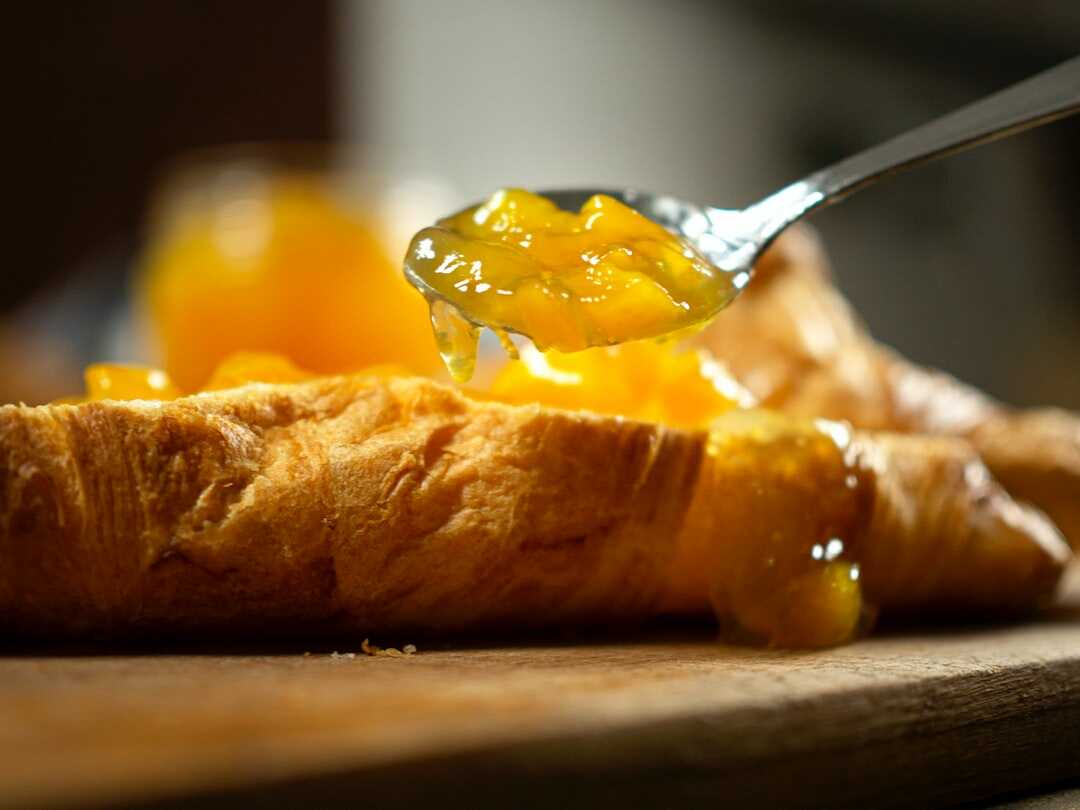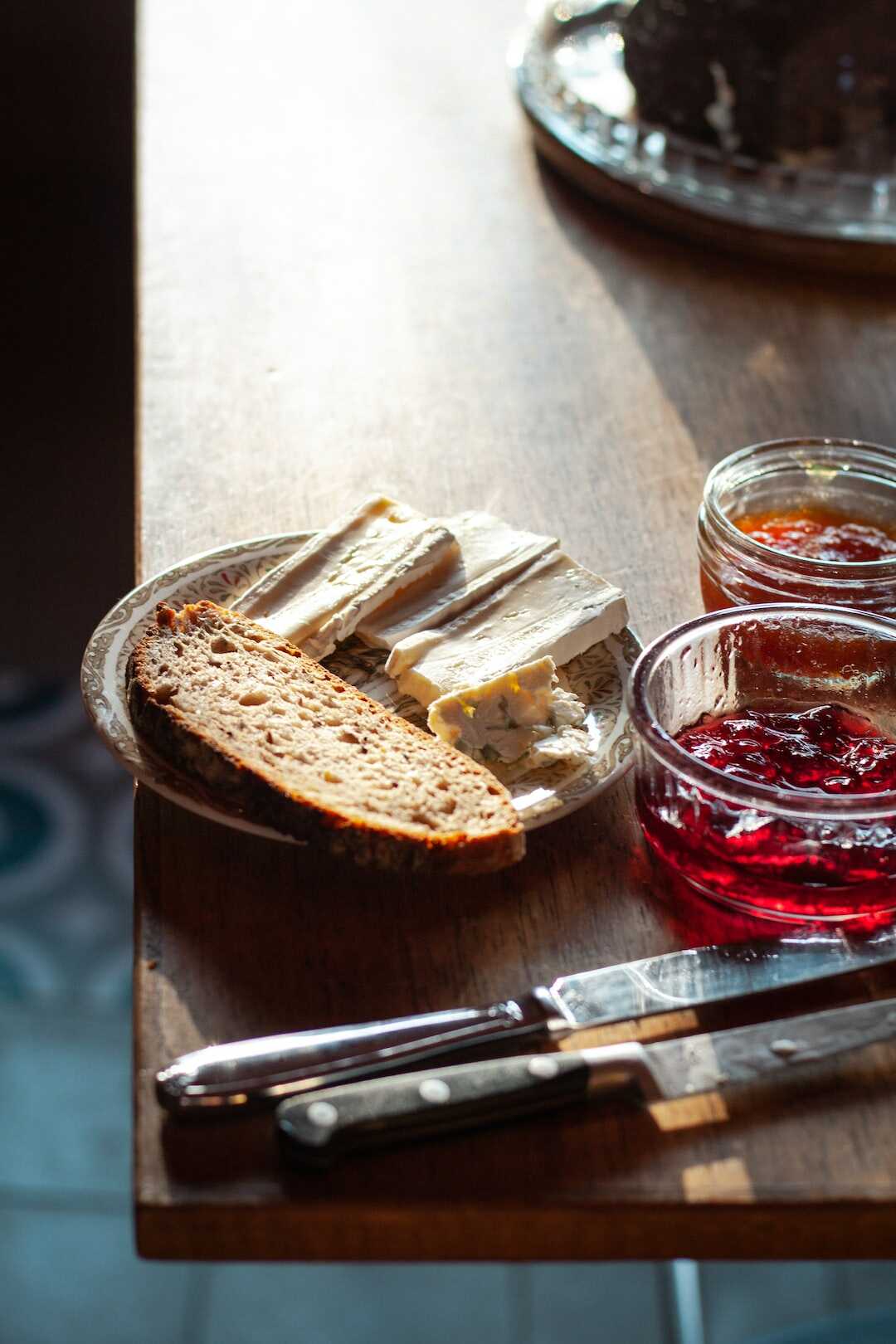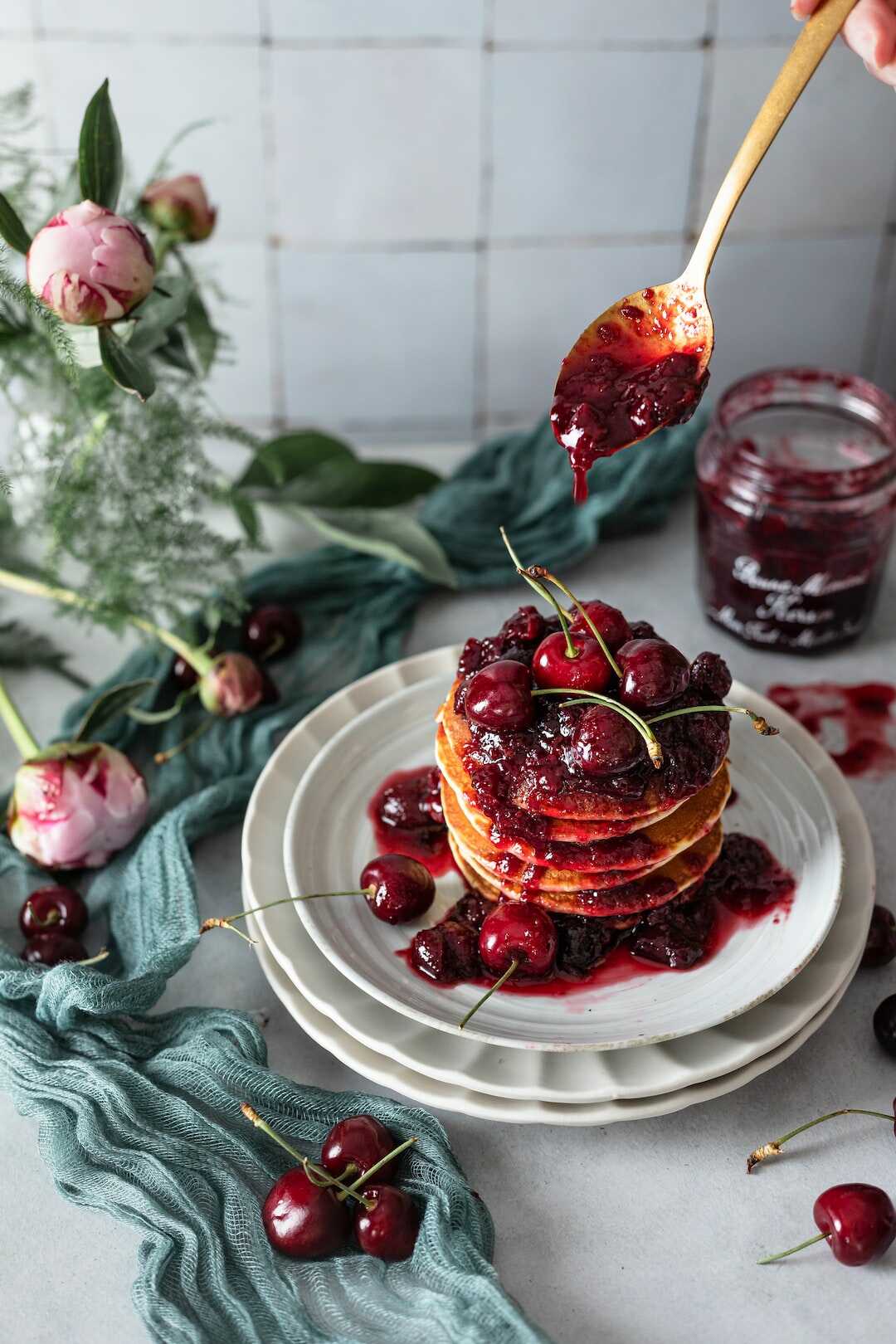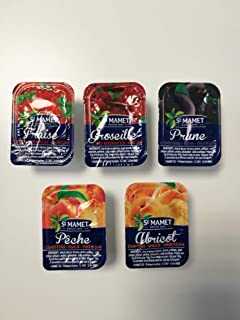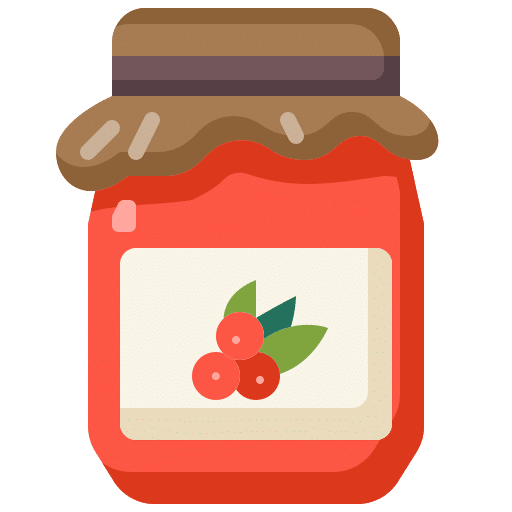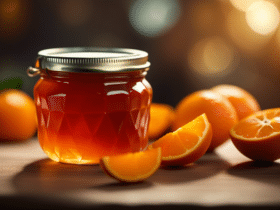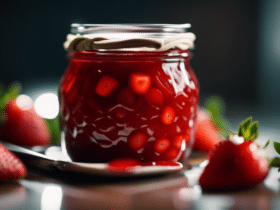Why does this happen? some fruits naturally do not contain enough pectin, which prevents jams from setting, the fruits are too full of water and suddenly the fruit/sugar ratio deviates or you do not cook enough hours. .
How to use Vitpris ALSA?

2) In a bowl, mix two tablespoons of sugar and 1 sachet of VITPRIS then sprinkle this mixture on the cooked fruit. 3) Bring to the boil for 3 minutes, stir, then add the rest of the sugar. 4) Bring to the boil again, stir, then set aside at full boil for 3 min.
How to cure too much liquid jam? To give your homemade jam more texture, simply add apple chunks, apple juice, or apple pectin. To do this, simply cook it for hours, add apple pectin to it.
How to use Confisuc? Mix the fruits and the confusuc in a large container, double the preparation that will be cooked, to facilitate evaporation. Let the fruits and the confused macerate until the latter is completely dissolved. Bring the mixture to a boil, heat over high heat.
What are sugar and Vitpris? remaining sugar For 4 jars of “Bonne Môman” of 370 g (about 100 g), you only need half a sachet of Vitpris. I use caster sugar. Vitpris (Alsa brand) is a gelling preparation with natural fruit pectin for jams, jellies and fruit jellies.
How do I know if the jelly is set?
Ideally, if you have a thermometer cook better, when the jelly has reached 103°C it is ready. If you don’t have a cooking thermometer, you have to use your eyes, take some jelly and pour it on a plate, if it’s frozen, it’s because it’s ready.
How do you know when the jelly is ready? When cooking, take a little jam and put on a cold plate. Tilt: if it hangs smoothly, it wins! If, on the other hand, your jam is too liquid, continue cooking and start again… But be careful, overcooked, the jam will take on the texture of fruit jelly.
Why doesn’t the jelly set? If the jam is not set, the fruit lacks pectin. It is present in apples but also in lemons. A lemon zest integrated into your preparation or a few drops of juice are therefore enough to give the desired texture.
How to take quince jelly? You don’t have to remove the skin, the seeds, or the core; it is also in the seeds that the pectin is found which will help the jelly. If all the time after this trick the jelly is still liquid, to thicken it it is enough to cook it for a few minutes with apples without skin.
How to liquefy a jelly?

It is necessary to check the cooking from time to time by placing a drop of jam on a very cold plate. When the taste freezes, the jam is sufficiently cooked. You can add water to your gooseberry jelly to liquefy it and bring it to a boil for a minute.
How to make jelly jam too runny? If we assume that our jelly or jam does not have the desired texture, then we can remedy this by pouring a little gelatin into the jam (cold, at the rate of about 2 grams per 1 kg of fruit) ‘advance. reheat, stir, and wait for the miracle to happen when it gets stuck…
How to cure overcooked jelly? In reality, all you can do is recycle into fruit paste. Gelsuc or “special jam sugar” contains pectin. This makes it possible to confuse jams with fruits containing very little pectin (eg strawberries) without having to cook for a very long time.
How do you know if the quince jelly is cooked?

How do you know when the temperature is 104-105°C if you don’t have a thermometer? You have to do an ancestral technique: you put a drop of jelly on a plate that you put in the fridge. You leave for a minute and when you put the gels down, the jelly is slightly cooked.
Why is my quince jelly not setting? It must be cooked by adding a little sugar, say 250 to 300 g per liter of hour, and start cooking between 10 and 15 minutes after boiling.
Why is my quince jelly clear? But no! When cooking, the jelly turns pink and the more it is cooked, the more the color is marked… be careful, if before cooking your jelly is clear, it is normal, it will be pink when cooking!
How to take quince jelly? Quinces, like apples, contain a lot of pectin and the jelly sets quite quickly. You can test its adhesion by throwing a drop of jelly on a cold plate (stored in the refrigerator).
How to make jelly harden?

If your jam or jelly is too runny, simply boil it until it’s the right consistency (see below). You can also add gelling powder.
How to harden blackberry jelly? The first advice is to lengthen the cooking time. Indeed, if your jelly is too liquid, it may contain too much water. In this case, in order for the mixture to be thick, it is enough to cook the jelly a little more. The water will evaporate, the jelly will concentrate and solidify.
How to make jelly too runny with Vitpris? If you block, I *too runny
- In a bowl, I mix a sachet of Vitpris with 2 teaspoons of sugar.
- I for the contents of the bowl into a small saucepan with 10 cl of water and bring everything to the boil for a few seconds.
- I put the jam in a saucepan and bring to a boil.
How do you know if the jam is ready?
Using a thermometer is a pro tip (the theoretical cooking temperature is 105°C). To check more simply that the jam is well cooked, do a drop test placed on a cold plate: it must be put on quickly, otherwise continue cooking.
How to thicken cherry jam? To thicken your preparation, do not hesitate to add lemon juice or a few slices of apple. The pectin in these fruits will trigger freezing. You can also opt for agar-agar, a seaweed known for its gelling power and which does not alter the taste of food.
How not to miss his hours? To make the jam, cook between 20 and 45 minutes (depending on the fruit used) over high heat, without a lid, and stirring often to avoid sticking to the bottom. It is also necessary to skim regularly, because the foam which forms is useless and does not add flavor!

